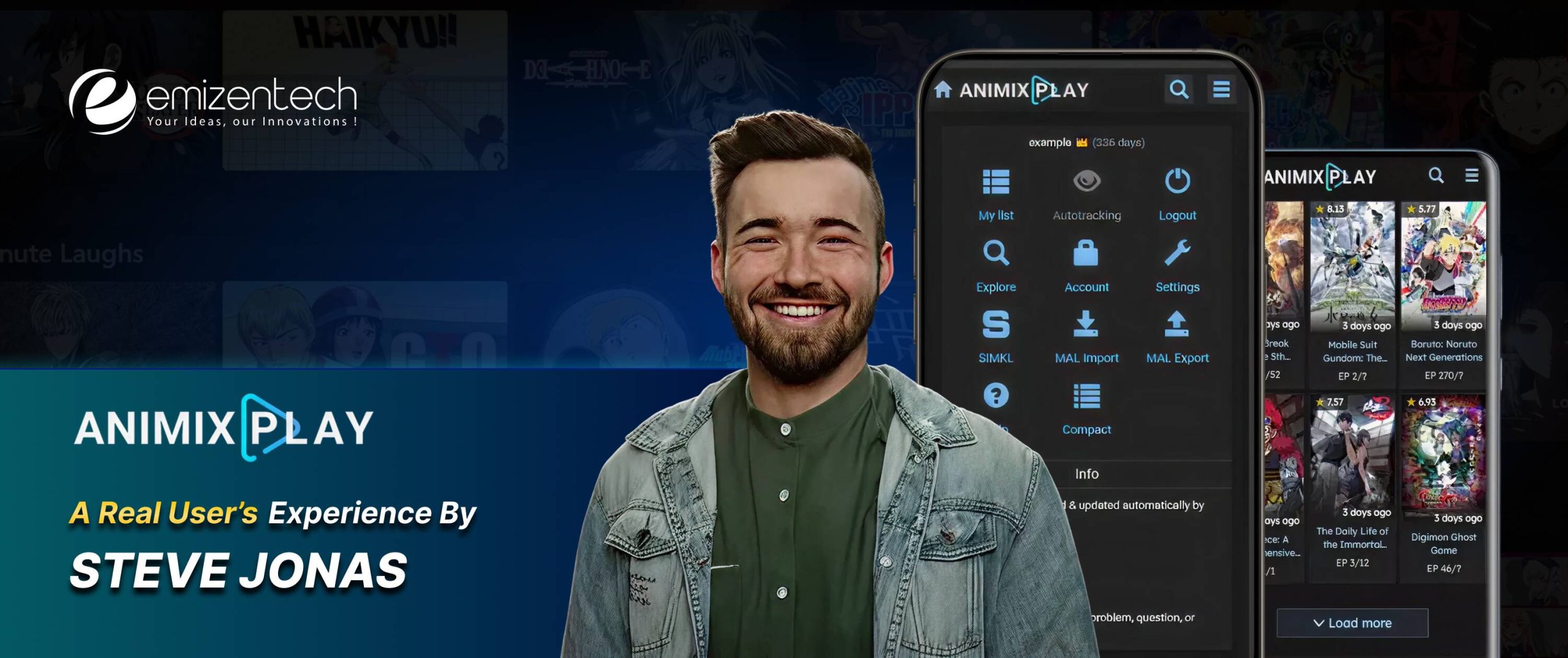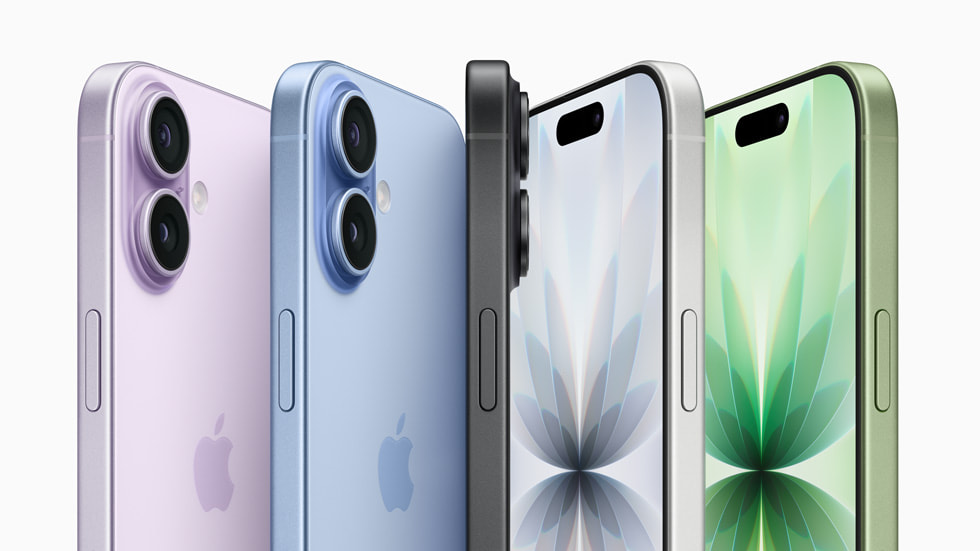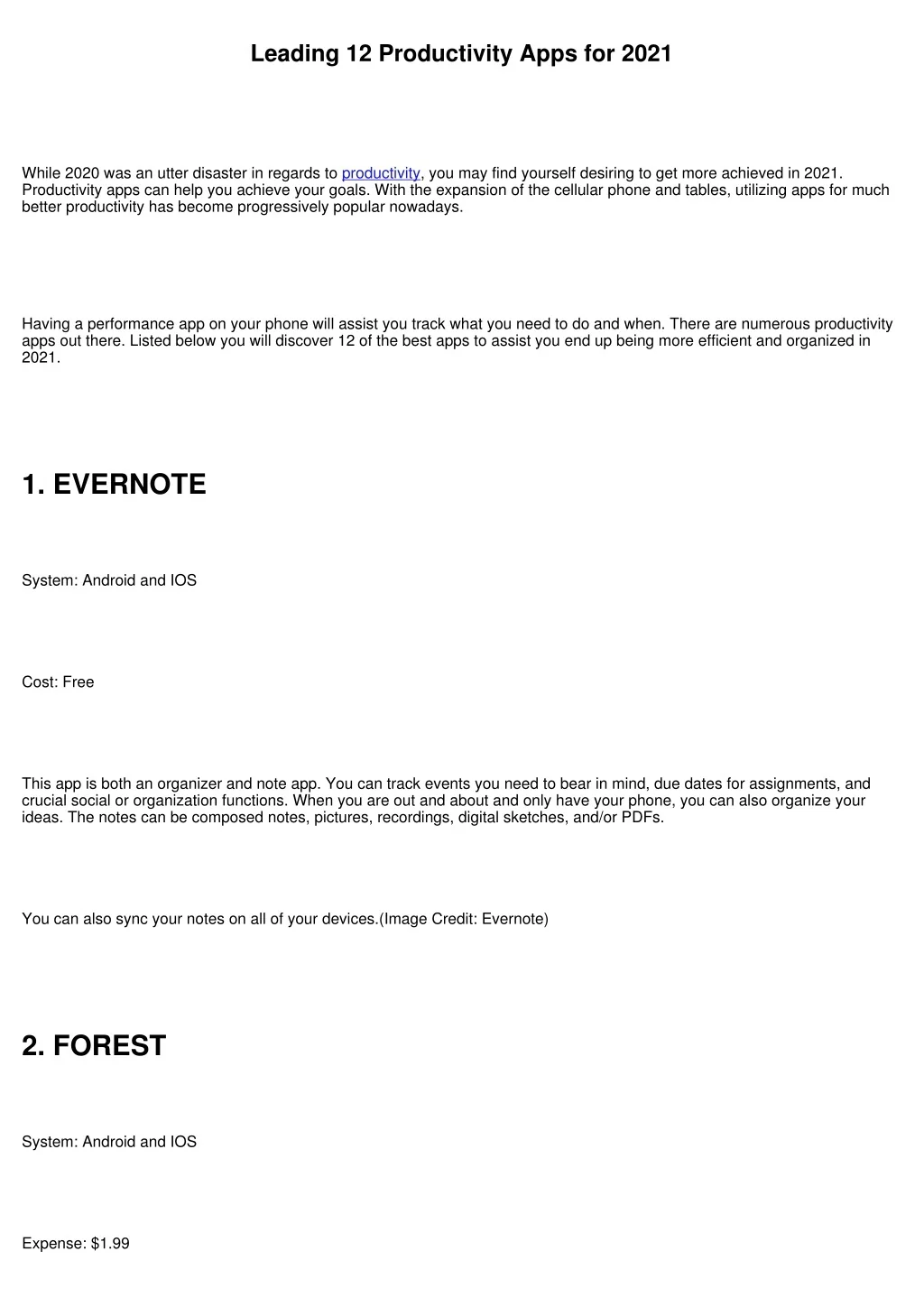The Redmi Note 15 Pro and Pro+ showcase Xiaomi’s dedication to enhancing the Note series, focusing on durability and battery performance. These devices exceed the Note 14 Pro series with improved protection and endurance. Each phone features IP66, IP68, IP69, and IP69K ratings, SGS drop certification, and Gorilla Glass Victus 2, indicating a considerable boost in durability. The “Titan Structure” augments structural strength with a reinforced mid-frame and shock-absorbing elements.
There is a significant boost in battery capacity, with the Note 15 Pro+ equipped with a 6,500mAh silicon-carbon battery and the regular Pro providing 6,580mAh. The Pro+ is compatible with 100W HyperCharge, ensuring a six-year lifespan under ideal conditions. The processing capabilities are enhanced with the Note 15 Pro+ utilizing Snapdragon 7s Gen 4 and the Pro variant housing Dimensity 7400-Ultra. Additionally, the Pro+ features Xiaomi’s IceLoop cooling mechanism to avert overheating during demanding tasks.
A notable aspect is Xiaomi Offline Communication, facilitating long-distance voice calls without network access, perfect for adventurers and emergencies. The Note 15 Pro+ maintains its quad-curved Liquid Display, while the Pro version chooses a flat screen, both reaching up to 3,200 nits of brightness. The 200MP primary camera now includes sophisticated AI functionalities such as Google Gemini and AI Erase Pro.
Offered in multiple colors, the Redmi Note 15 Pro is priced at €399/£349, while the Pro+ is available for €499/£429, with preorders set to commence in January 2026.










